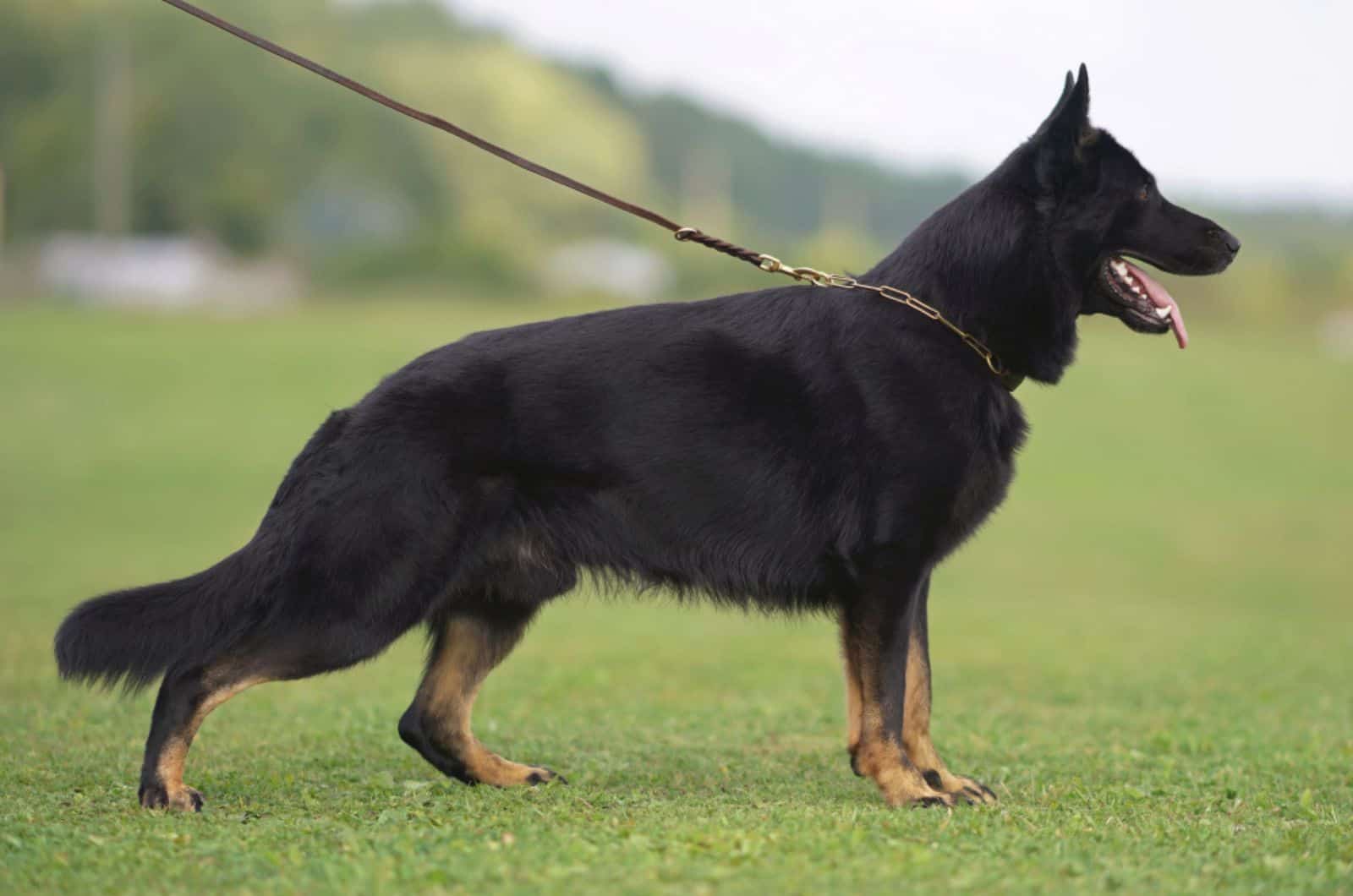Like a printer running out of a particular color, the bicolor German Shepherd is an accidental attraction for many dog breeders who like to keep it simple, but still somewhat different to the bog standard tan and black GSD option, but what makes it so special?
Well, a bicolor German Shepherd may sound like every other standard GSD color out there, but the name is deceptive as they’re really just mostly black with a few hints of tan coloration here and there.
It’s an easier way of procuring a black GSD than going for a pure one, but it is more expensive.
And, just because a coat color represents two colors doesn’t immediately classify the dog as bicolor.
As I’ve said, it is confusing, but you’ll get used to it in time.
Though one has to wonder whether it’s worth the ease of access for the higher price tag or not where you’re just paying for the aesthetic?
I’d wager that it is if you have enough disposable income to facilitate it, otherwise you may want to put a little bit more elbow grease in to find a fully black one if that’s what you want.
However, if you want a bicolor one specifically, then read on to find out more about their origin, any particular quirks they may have as well as grooming needs and other potential coat colors that may interest you.
What Do Bicolor German Shepherds Look Like?
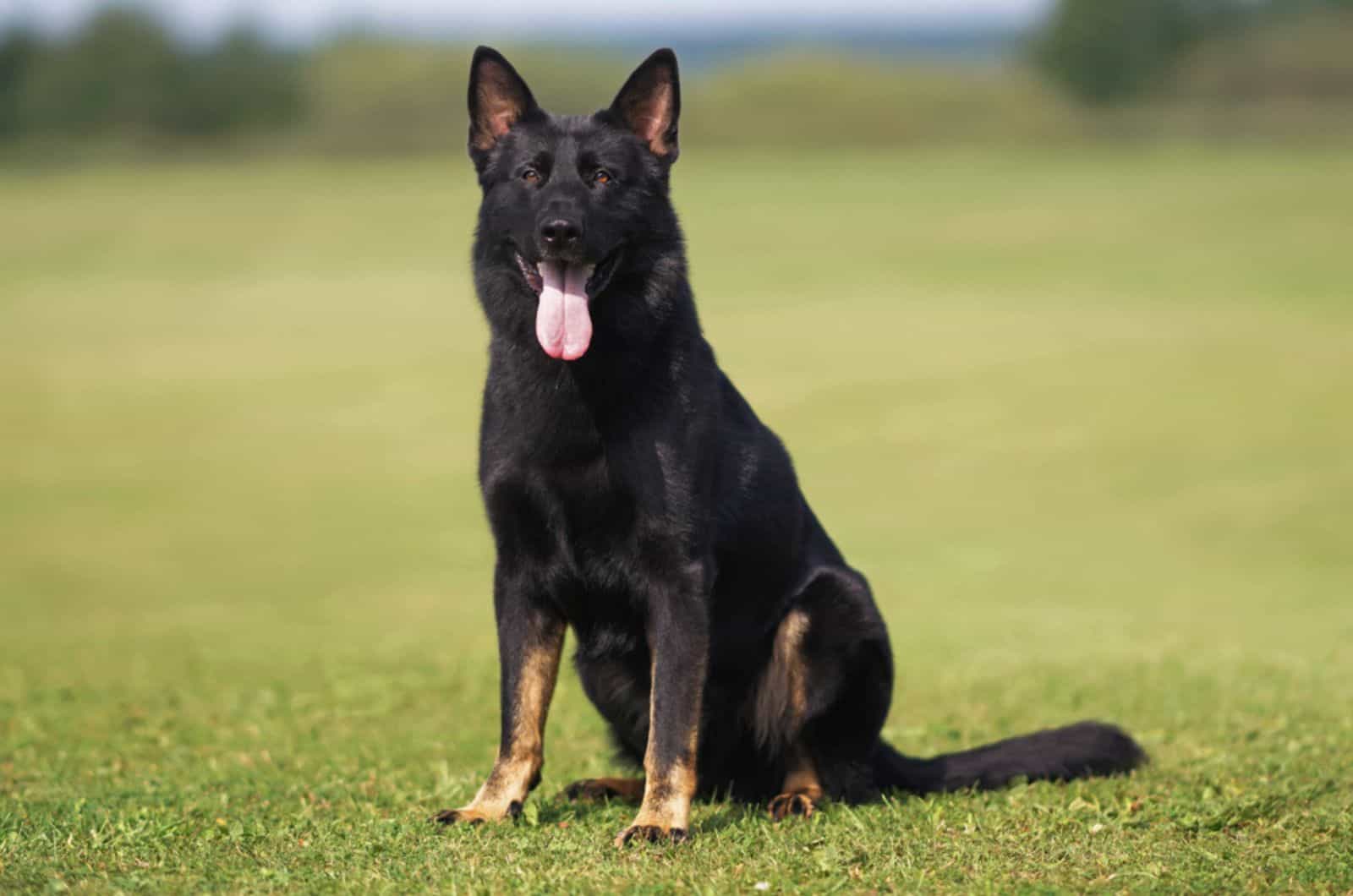
The bicolor German Shepherd bears a good number of resembling features to that of the standard tan and black GSD option.
They’re still somewhere between a large and medium sized dog breed with the average height of 25 inches for males and 22-23 inches for female representatives of the breed.
Their adult weight comes in at about 70-80 pounds on average for males, floating more on the higher end.
For female German Shepherds though it drops down to around 58-63 pounds.
The similarity in height but rather sizable difference in weight makes the females look leaner in comparison to the males which makes it easier to spot the difference at a glance.
As for their actual build, they have the same head shape, featuring that imposing profile with the elongated and well defined muzzle with pointed ears raised up, paired together with proper posture and perfection one often ties to German engineering.
The differences come in the actual coat color where the entirety of the canine is covered in black fur with varying levels of tan coloration on his feet, on the insides of his ears and, sometimes, around the neck and the chest.
The forehead is still domed which further accentuates that imposing stance they always have as it makes their brow appear constantly furrowed.
They still possess a double coat made to help them withstand the colder climate which carries that largely dark tint, perfect for hiding in darker areas and more elegant than other two color options may be, though not as visually striking.
All of that is capped off with their nice, long and bushy tail.
They can come with varying coat lengths as well, and it’s up to you to decide which of them is it that you’d like to pick. The difference is mostly aesthetic with a little bit of extra grooming work needed for the long haired GSDs.
The Bicolor German Shepherd: How Is One Created?
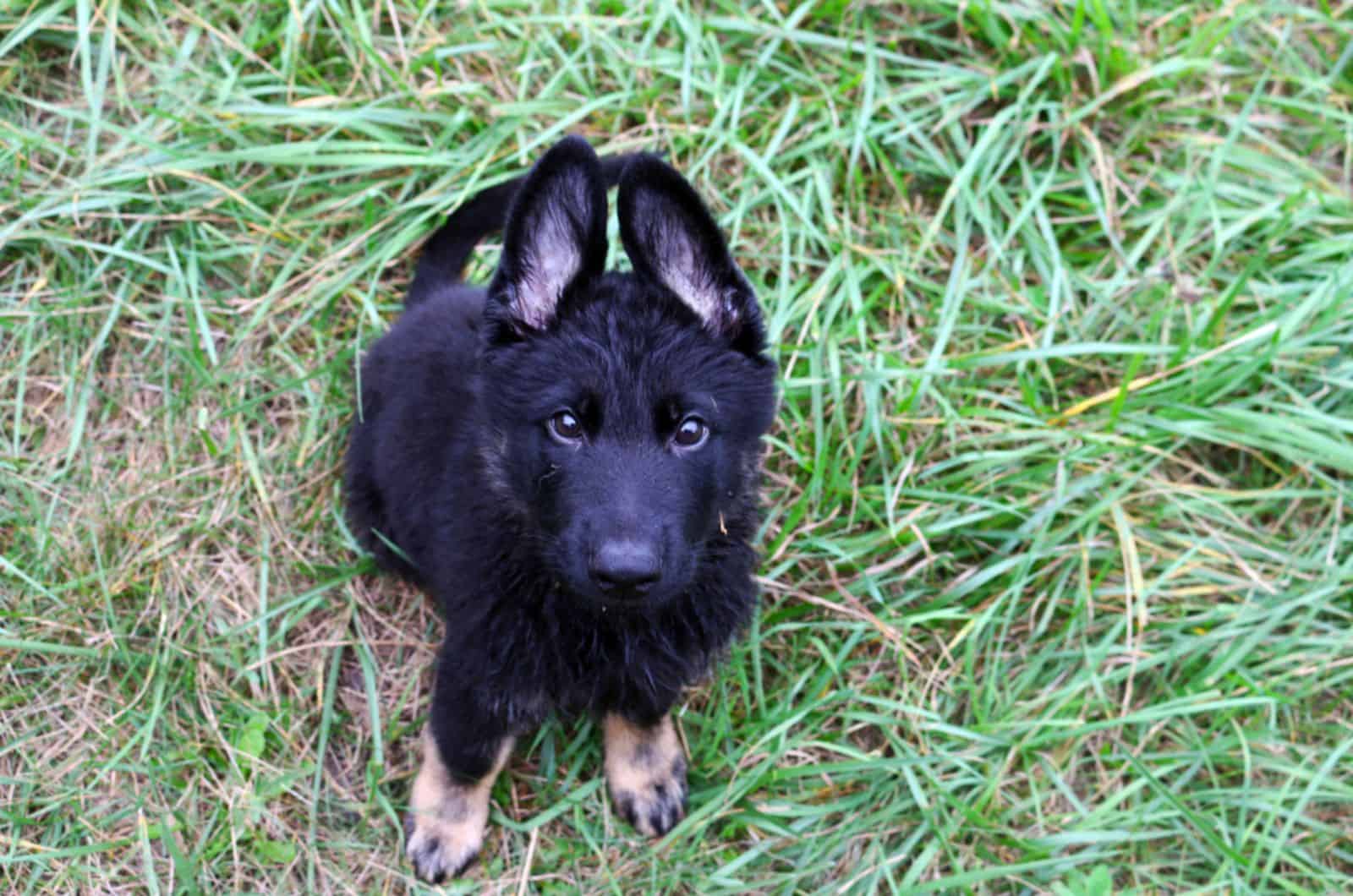
Well, as with most other variations, it all happens due to a recessive gene that may or may not get passed down from parent to child.
Despite being considered standard, it’s quite a rare color variant that can’t exactly be planned on.
And, given the appearance being quite similar to the black and tan GSD, people don’t really consider it to be all that exclusive.
It’s also why they aren’t regarded that highly in AKC conformation shows despite being allowed to participate in them.
What Is The Average Cost Of A Bicolor German Shepherd?
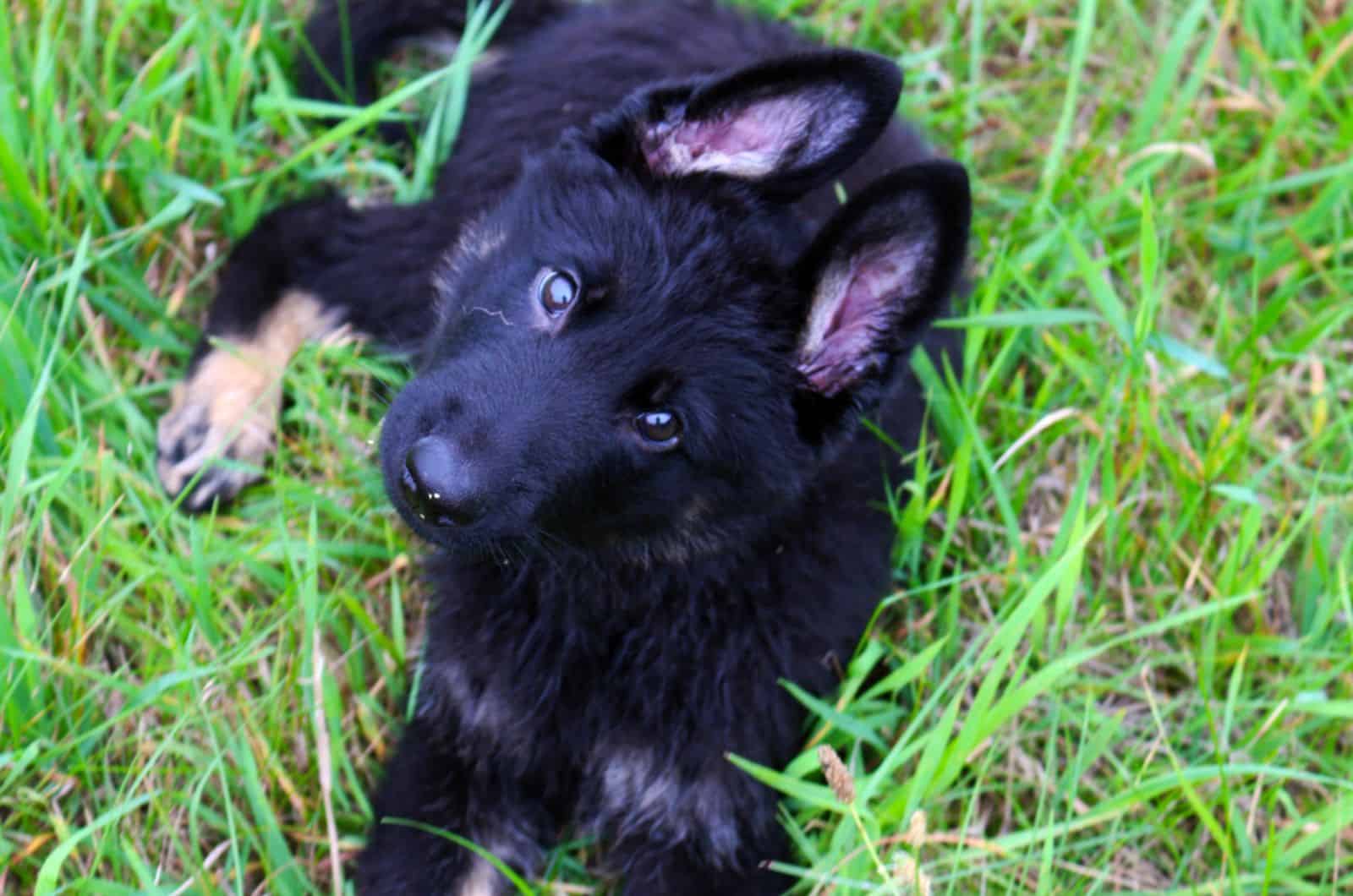
The average price of a bicolor German Shepherd can be anywhere from the usual $500 to a rather sizable $3000 according to a few of the popular breeders.
The reason for such a high difference between the lowest and highest pricing is that some breeders simply sell them off based on the price of the standard black and tan pups, while some will take advantage of this rare coloration and mark the price up.
Hopefully you’re lucky enough to find one of the former and get one at a bargain price if you’re so keen on getting a bicolor version.
Does The GSD’s Coat Length Affect His Cost?
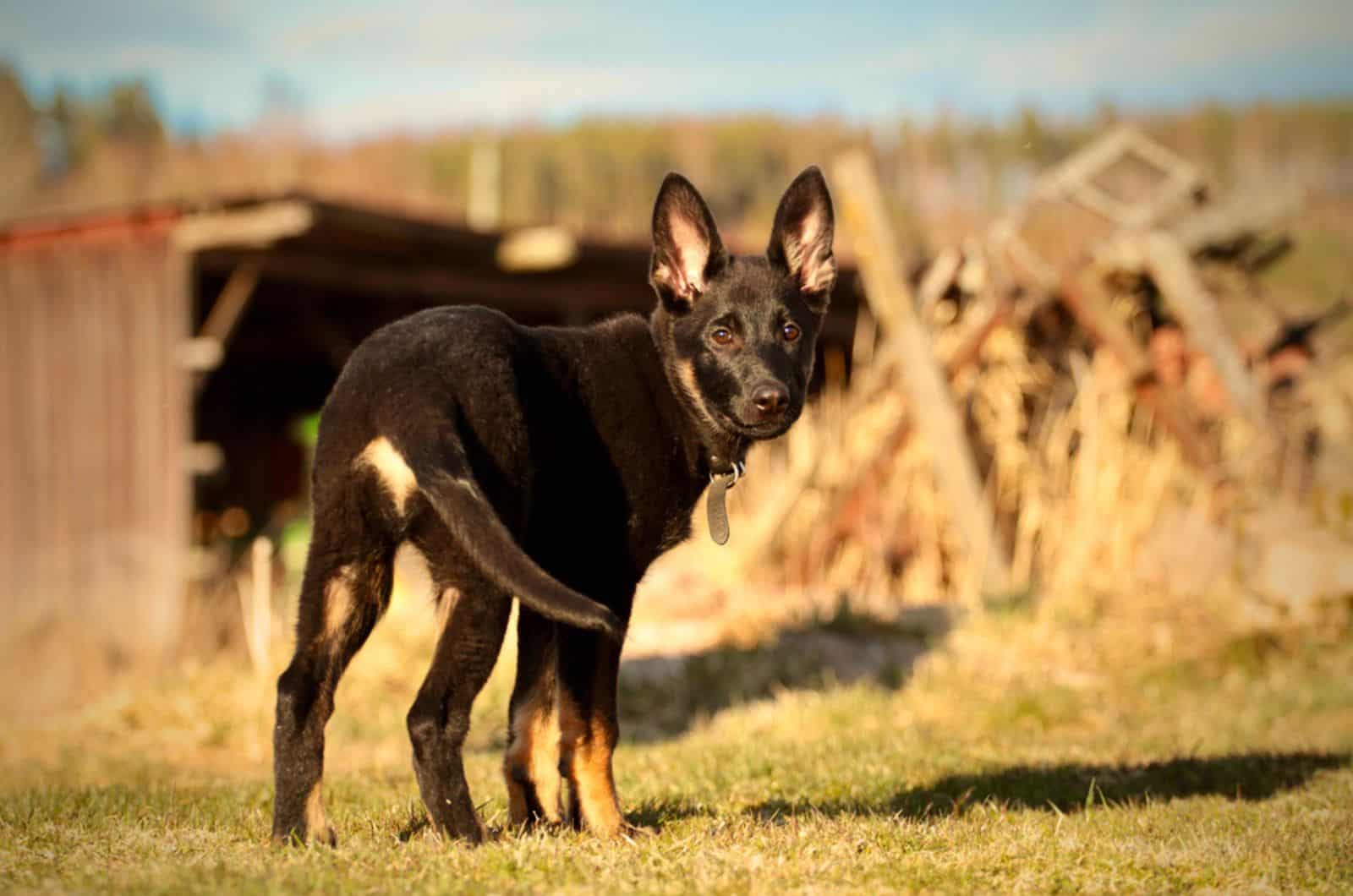
It does, to a degree, but not by much. It’s primarily an aesthetic choice with some benefits if you’re going to be keeping him in colder areas where longer coats would provide more protection.
That said, all German Shepherds already have a double coat, so they’re well insulated against the elements regardless.
In some cases, some breeders may even lower the price of a long haired specimen as the short haired trait is more desirable for show dogs, giving it that higher price tag.
What Other GSD Coat Colors Are There?
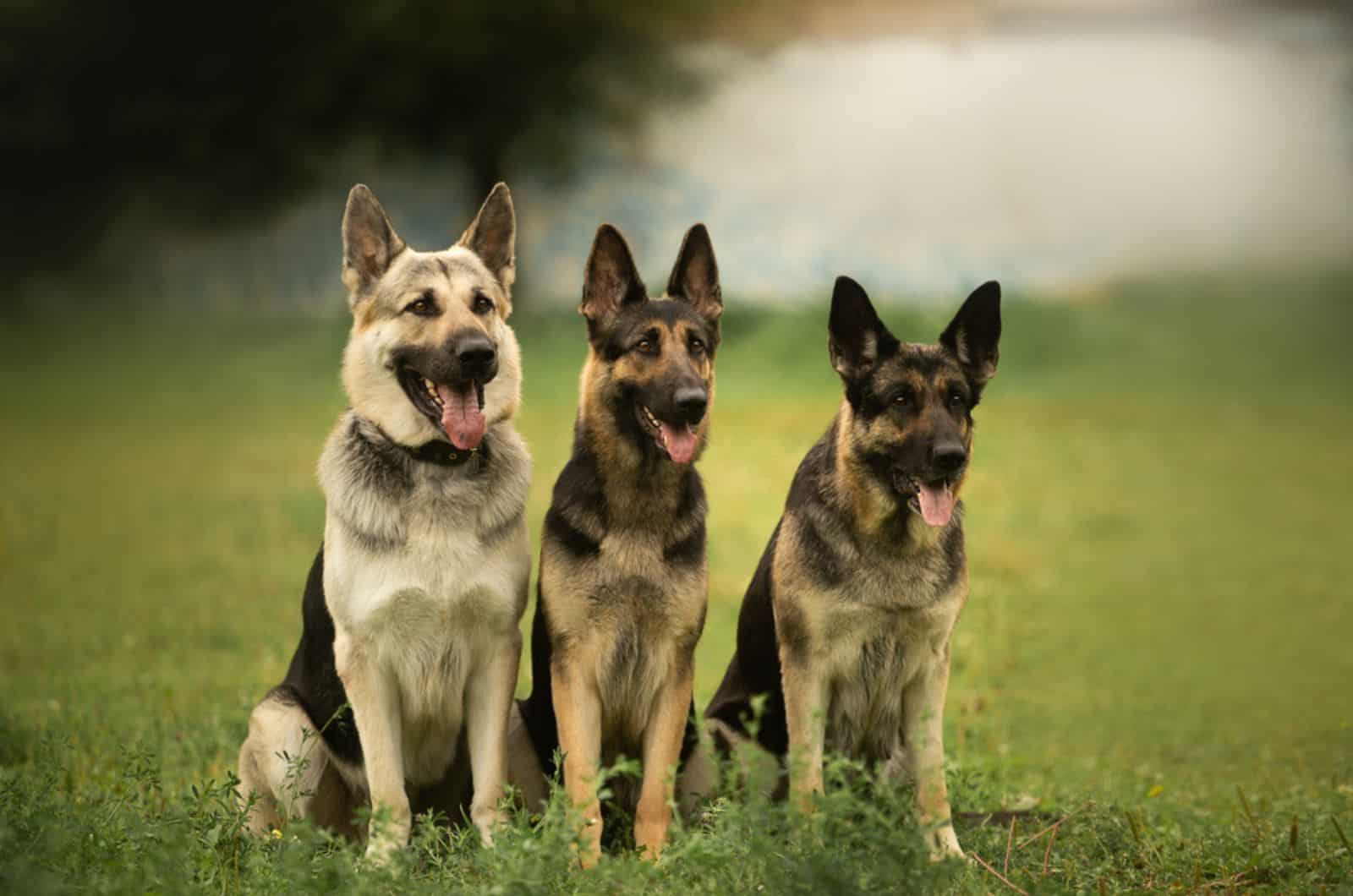
Aside from the bicolor variant, there is a large variety of other coat color options, even though we rarely see them out in public, or they’re too similar to the black and tan one for us to really recognize.
They’re split into standard and non-standard ones, as determined by the AKC (American Kennel Club).
The standard ones are registered as normally occurring ones and are allowed entry into AKC-sanctioned conformation shows.
The non-standard ones on the other hand are considered to be faults or too rare and thus dogs carrying those colors aren’t allowed to participate in officially sanctioned dog shows.
The standard colors are as follows:
- Black and Tan
- Black and Red
- Black and Silver
- Black and Cream
- Black
- Bi-color
- Sable
As for the non standard ones, if you’re not a person who gets a GSD just for him to end up being a show dog, you have a variety of other options to pick from too.
Here are most of them:
Though, most, if not all of these colors can also come out lighter, seemingly washed out as well while still qualifying as a unique color.
And, do keep in mind that you’re not endangering your German Shepherd’s life by choosing a non standard color like you would with a few other options.
That’s because the color of the GSD’s fur isn’t tied to an increased likelihood of being prone to some specific diseases.
The Grooming Needs Of A German Shepherd
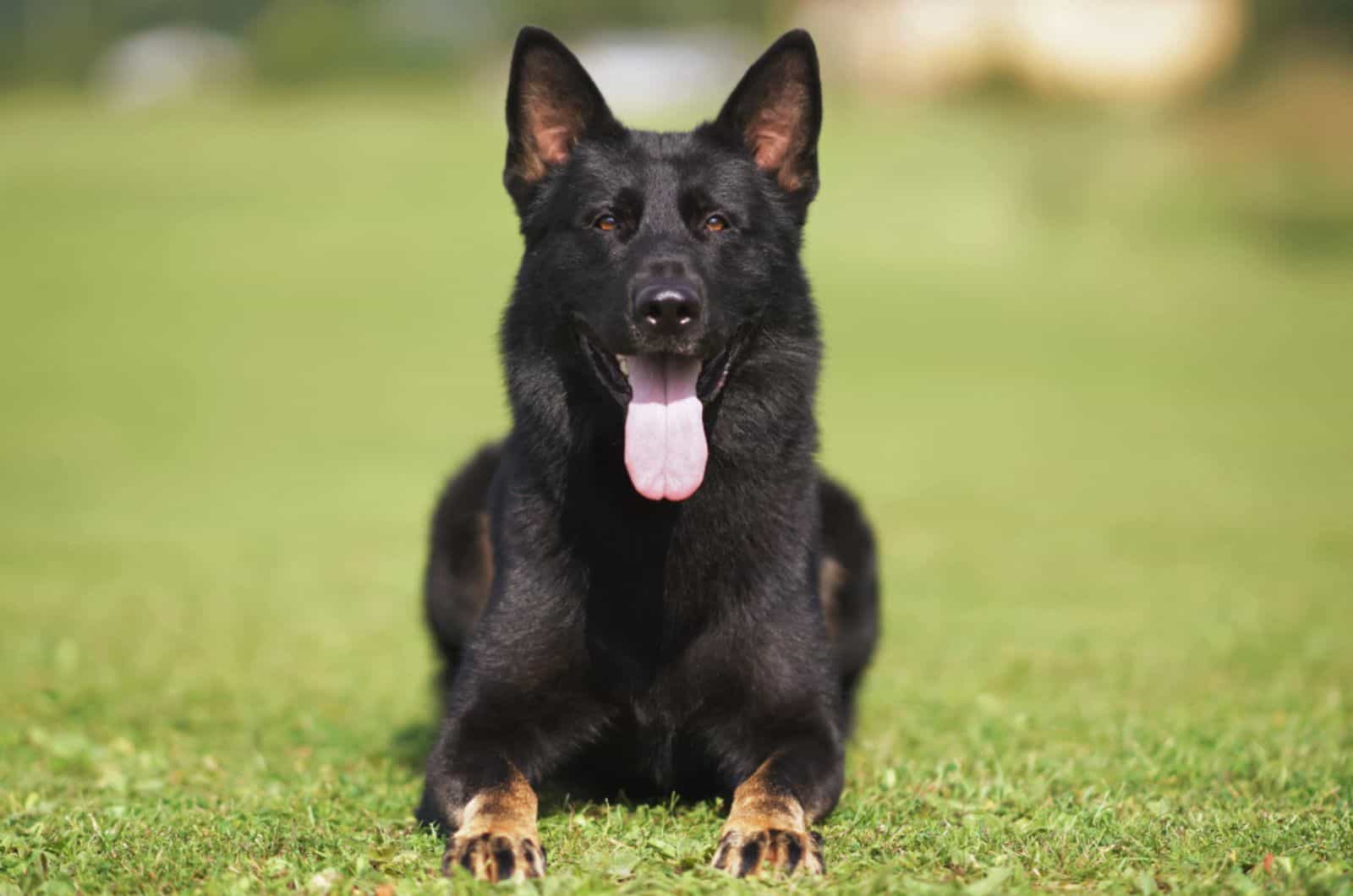
People interested in particular coat types and colors are also likely to want to know about maintaining said coat.
Thankfully, German Shepherds aren’t the most demanding breeds out there (not in this department at least), so you won’t have to work too hard on maintaining his image.
They are relatively moderate shedders with two periods of heavy shedding due to them blowing their whole undercoat in place of a new one.
When it’s not shedding season, brushing him once every two days should be the norm, increased to daily brushing during the heavy shedding period.
As for baths, those come as a standard that every other dog is managed after, once every 6 to 8 weeks or so on average should be good.
Any more and you’re putting his coat at risk of getting its natural oils stripped and the hair follicles damaged.
Trust your dog to groom himself naturally instead.
The only time you would need to increase the bathing frequency would be in case of a skin infection or other issue where the use of a medicated shampoo is prescribed like a tick or flea infestation.
Is Getting A Bicolor Shepherd From A Shelter A Viable Alternative?
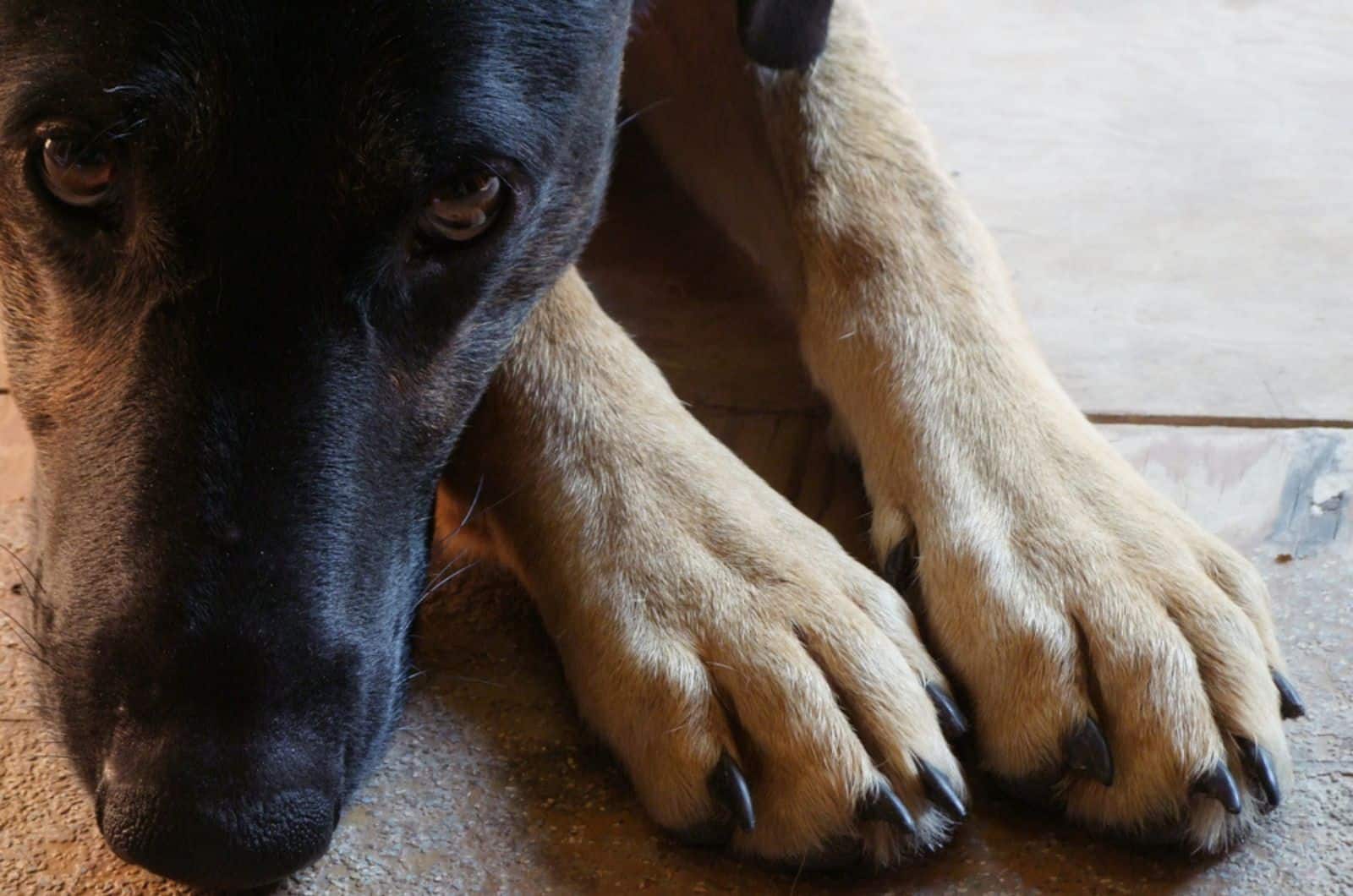
It can be, but I usually don’t recommend getting GSD’s from shelters.
Sure, you may luck out and get one that was already trained, but there’s a higher chance of the dog not having been trained at all.
This will make it a lot harder for you to get any form of behavioral training to stick, especially if he’s older, which can turn into a bit of a problem in regards to overprotectiveness, aggression and his overall behavior toward young kids, strangers and other dogs.
While adopting a dog is a humanitarian act, you still have to think about your own family and whether or not the dog will be able to fit into that picture.
Not to mention, the coloration is still rare despite being considered a standard dog breed, so your chances of finding one are relatively slim.
In Conclusion
A bicolor German Shepherd is one of the rarer coat color types for GSDs despite not being all that different from the standard tan and black option, but it can be a nice change of pace.
The biggest issue is going to be finding a breeder willing to sell them to you at a decent price, but with a little bit of smooth talking and some research, I’m sure you’ll be able to find one that isn’t being sold at egregious prices.
If, however, you need one ace to fall upon in order to do so, try sliding in the fact that the bicolor often doesn’t score as well as the tan and black variant due to their unusual looks despite being classified as the standard.
Though, only as a last resort.
Other than that, despite its rarity, I’m sure you’ll be able to find your ideal doggo there. He may not carry the bright and vibrant colors that some others do, but he’ll be unique in his own way. Until next time, pet parents.
RELATED LINKS:
